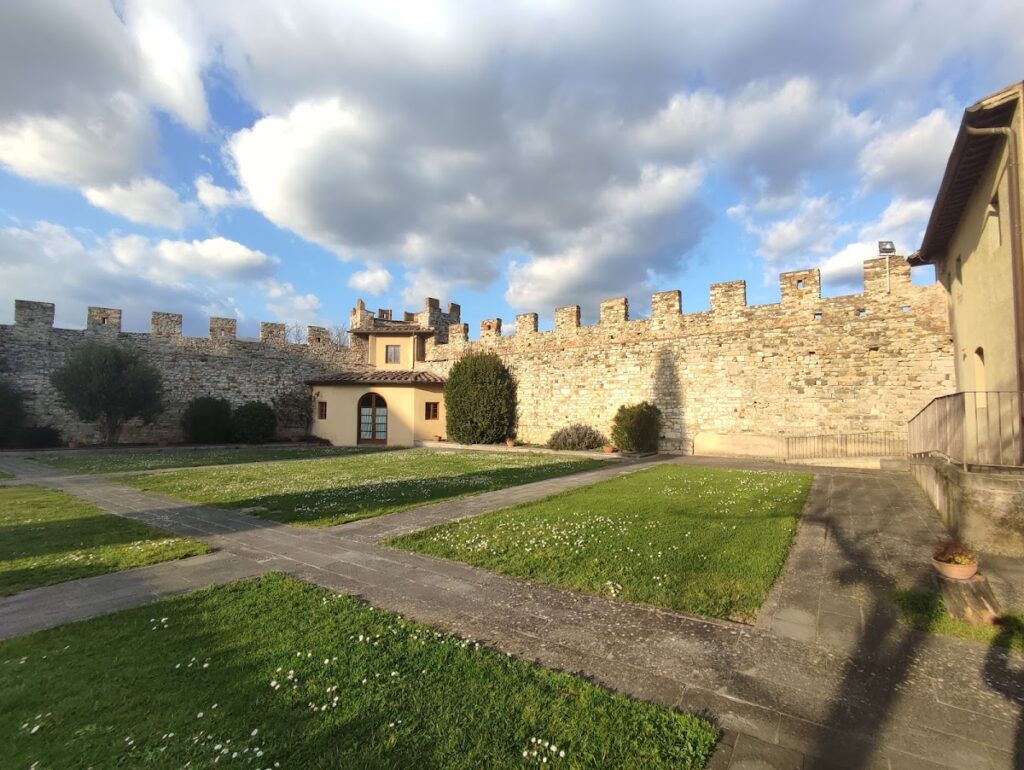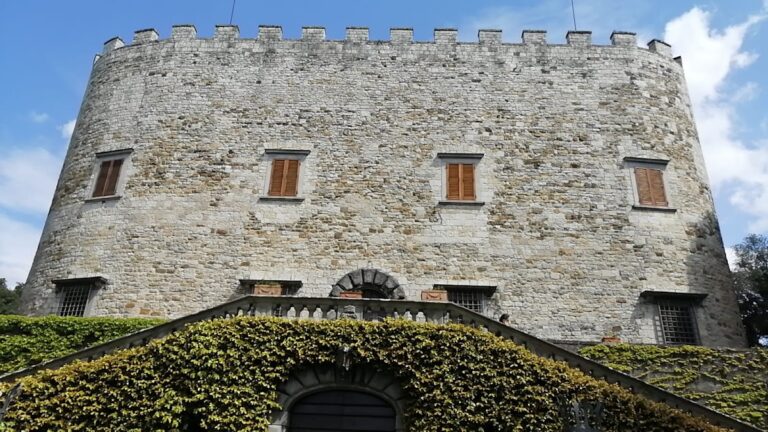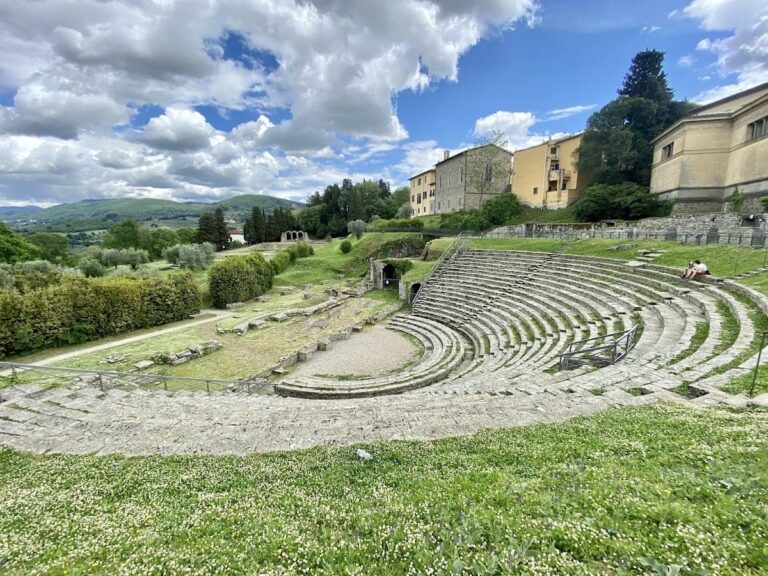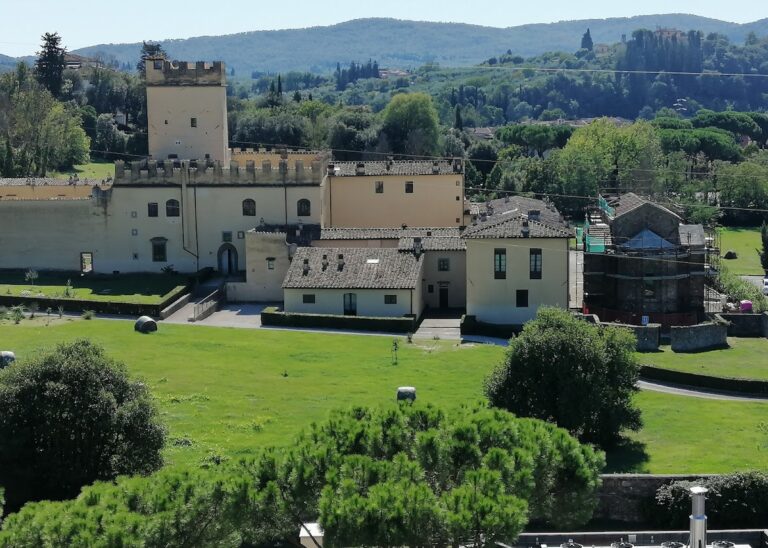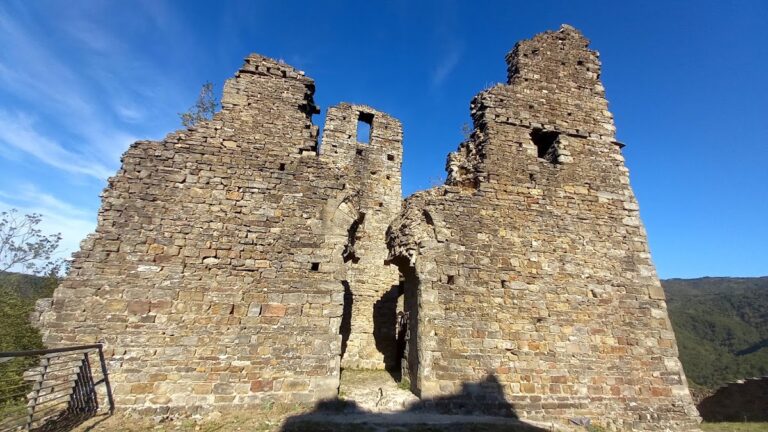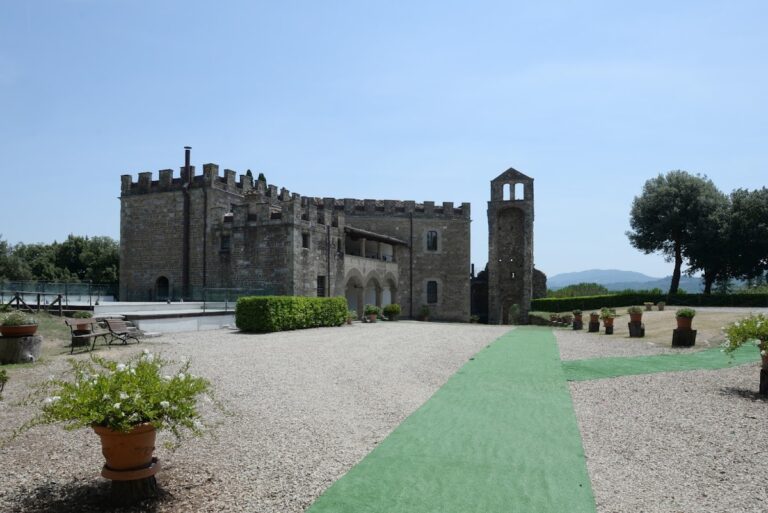Castello di Calenzano: A Medieval Fortress in Italy
Visitor Information
Google Rating: 4.6
Popularity: Low
Google Maps: View on Google Maps
Official Website: www.castellitoscani.com
Country: Italy
Civilization: Unclassified
Remains: Military
History
The Castello di Calenzano is a medieval fortress located in the municipality of Calenzano, Italy. It was originally established by the Guidi family, a powerful noble lineage, who likely built the first fortifications on the hill overlooking the area. Positioned on the route connecting Florence with an Apennine mountain pass heading toward Emilia-Romagna, the castle occupied an important strategic location from its earliest days.
By the 12th century, the castle had acquired considerable military and political significance. It stood at a key border between the dioceses of Florence and Pistoia, while nearby territories were controlled by different feudal lords, including the Guidi, the Alberti counts, and the Ghibelline Ubaldini family from the Mugello region. The first written references to the castle appear in documents from the 13th century, such as the Libro di Montaperti (1260) and the Libro degli Estimi (1269). These records describe how the castle suffered damage after the Guelf forces were defeated at the Battle of Montaperti by the Ghibellines.
Ownership of the castle transitioned from the Guidi family to the bishop of Florence and then was acquired by the Republic of Florence in the early 14th century. During that century, the fortress endured multiple attacks. In 1325, Ghibelline forces led by Castruccio Castracani burned the castle. Later, in 1351, it was besieged and damaged by Milanese troops under Giovanni di Oleggio of the Visconti family. A further assault in 1363 involved Pisani forces supported by English mercenaries commanded by John Hawkwood. Following these hostilities, Florence undertook extensive repairs and fortifications, reinforcing the defensive walls to the form that endured for centuries. To preserve the fortress’ defense, the city enacted a regulation in 1363 prohibiting building within 200 braccia (an old Tuscan unit of length) from the walls.
From the late 13th through the early 15th centuries, Castello di Calenzano flourished both economically and militarily. However, its role began to change as Florence increasingly unified the Tuscan region. The fortress’ military importance waned, and it gradually evolved into a residential and agricultural center. In 1512, during the sack of nearby Prato, the castle escaped damage, but it resumed a defensive role during the 1529–1530 siege of Florence. At that time, Agnolo Anselmi acted as the commissioner overseeing the fortress.
Following the creation of the Grand Duchy of Tuscany under Cosimo I de’ Medici, the castle lost any strategic military value. The defensive towers were no longer used for warfare and were rented out as private homes. The surrounding lands transitioned fully to agricultural use.
In modern times, the local municipal government acquired parts of the old fortifications and carried out restoration work. This included the northern entrance gate known as Porta al Serraglio and an internal garden enclosed within a 14th-century bastion. The castle now serves as a venue for cultural activities, including festivals and historical reenactments, while preserving its medieval heritage.
Remains
Castello di Calenzano is situated atop an isolated hill where the Marina stream valley opens onto the plain around Florence, granting it a commanding view of the surrounding territory. Its location allowed surveillance of key communication routes leading toward Mugello. The village within the castle’s walls follows an oval-shaped layout typical of fortified settlements built on hilltops in medieval Italy.
The defensive walls visible today largely reflect the 14th-century expansions and reinforcements implemented by the Florentines after repeated attacks. These massive stone walls were carefully consolidated during this period, creating a fortification whose overall configuration has remained largely intact for centuries.
The northern entrance to the castle is marked by the Porta al Serraglio, a gateway that has received recent restoration. Above this entrance stands a tower accessible to the public, which houses the “altana,” a restored hall now used for conferences and ceremonies. This tower offers panoramic views of the surrounding landscape.
Within the castle’s enclosure, a garden has been recovered inside a bastion dating to the 14th century. This green space lies within the fortified walls and reflects the medieval adaptation of defensive structures for more domestic or recreational uses as the site’s military role diminished.
The original defensive towers, which were key elements of the castle’s protective system, were later converted into private residences after the fortress lost its strategic importance. These reused structures contribute to the historical layering visible in the settlement.
Inside the restored castle spaces is the Municipal Museum of Historical Figurines, which features collections of miniature soldiers, dioramas, and models. The museum aims to deepen understanding of both European and local history through these detailed reenactments, housed within the medieval fortress itself.



